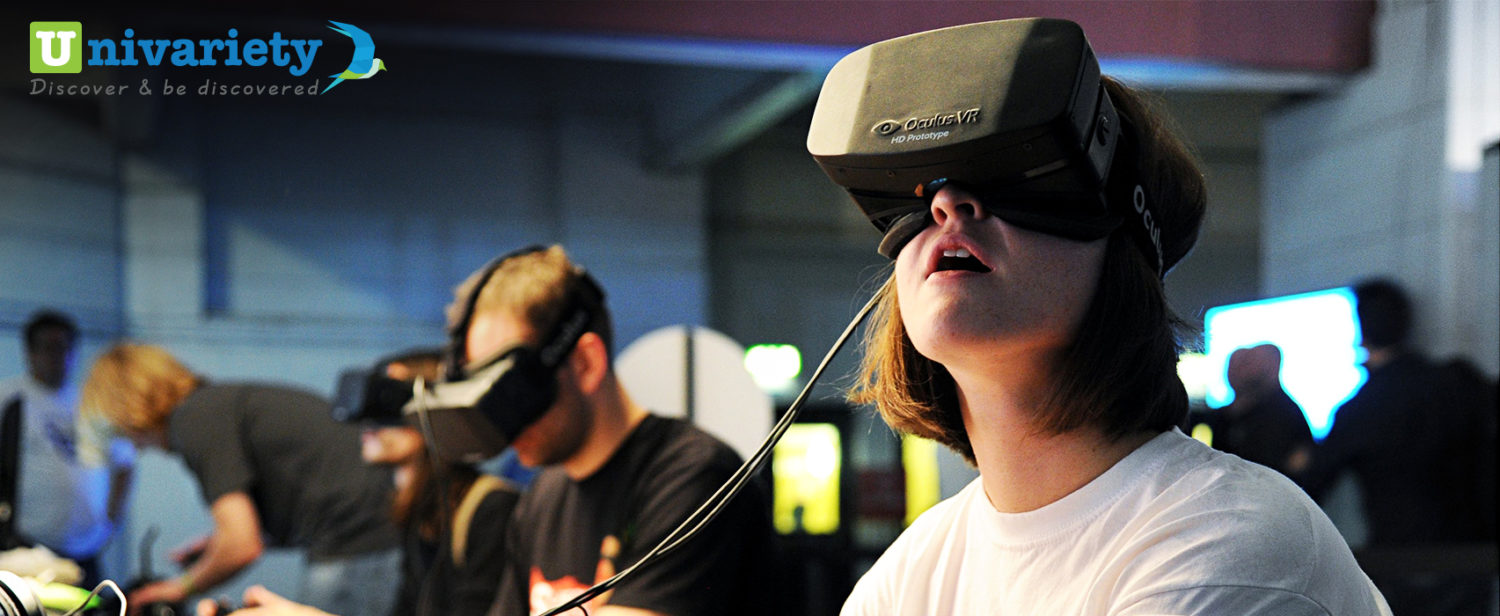A lot has changed in the education space, especially in the last two decades. Gone are the days when everything was all about memory-based learning. Skills, technology and research form the key trends in education today.
Let’s consider this example:
1997: Rohit, a 15-year-old from Jaipur, is a worried young man. He has a million questions zooming through his head – Which career should I choose? Which is the best college to apply to? How can I improve my skills in my chosen field? Who can I seek guidance from? How can I convince my parents to let me pursue further education in my interest area, not theirs?
2017: Rohit, a 15-year-old from Jaipur, is relaxed.
Anti-climax? Not quite.
After all, 2017 was the year when technology came to the party – and all the students were invited.
Companies working at the intersection of media, technology, and education brought tech-based offerings aimed at easing decisions to the life of the student. These decisions could range from choosing a career to receiving counselling, individual and social learning, peer networking, etc.
There were vital shifts in mindsets as well. Conversations around the future of work played a role in shifting focus away from merely teaching students towards creating a mindset of lifelong learning.
Key Trends that Dominated Education
-
Self-learning
While teachers remained the primary source of learning, they also slipped into the role of enablers. Young people sought more info and learning online than ever before. Schools became enablers in their learning journey and co-opted online learning and self-learning into their teaching methods. By 2021, online education in India is expected to touch $1.96 Billion, an increase of 8 times over 2016.
-
Blended learning
Taking the concept of self-learning to the next level, blended learning – which enables learners to network with peers and teachers via online forums, social media, and blogs – turned to learn into an exciting social activity. This fitted perfectly into Gen Next’s need for greater social connect while doing something meaningful.
-
Gamification of Learning
As education struggled to keep pace with other aspects in a young person’s life, schools merged more interactive and engaging content into teaching. Gamification also helped students grasp complex concepts, and enabled higher message retention. No wonder, the global gamification market is expected to touch a stunning $5.5 Billion by 2018.
-
Augmented/Virtual/Mixed Reality
Augmented, virtual and mixed reality are examples of transformative technologies that have the potential of enabling better instruction. At the same time, they help create immersive experiences that make the learning process more enjoyable. While still at a nascent stage, AR, VR & MR are among the most anticipated technologies in the education sector, for the sheer potential they present.
-
Scientific assessments
From parents choosing a career for their children to students undergoing scientific assessments to identify their strengths, assessments have come a long way over the last decade. Organizations such as Univariety helped remove bias from decision-making, and empowered students to make informed career choices.
Read: The Ultimate Guide to Psychometric Assessments for Students
-
Career-focused education
Are we finally seeing a much-needed shift in focus from grades to careers? Schools and parents finally began working together more closely than ever, taking a long-term view to their child’s education. Terms like ‘finding your passion’ and ‘pursuing excellence, not success’ shifted from being mere buzzwords to dominant themes.
-
Alternative Credentialing & Internships
Schools increasingly encouraged students to pursue third-party online certifications to strengthen their credentials. Additionally, corporates created opportunities for students as young as 15-16 to gain exposure to the corporate world through learning opportunities and internships.
Read: Virtual Internship Program: Impacting Student Career Decisions
-
Redesigned learning spaces
As schools attempt to mould students to settle into workforces better, they are redesigning not just what is taught, but how and where it is taught. Classrooms are increasingly becoming collaborative spaces where students don’t just learn technology but use it towards a specific goal in mind.
-
Artificial Intelligence (AI)
While currently not very significant in Indian education, AI will increasingly occupy diverse realms in a student’s life, from counselling to tutoring. As AI systems evolve, they have the potential to handle a wide range of tasks – from the most mundane to the highly complex.
-
Participatory learning for teachers
There’s so much happening in the life of the student. How can the teacher be left behind? Schools are increasingly investing in up-skilling teachers to address the changing needs of students more confidently. Moving forward, micro-credentialing, digital badging and Open Educational Resources (OERs) will take centre stage.
So, that’s how the year unfolded. Did we miss something? Do post your comments below, and help us take the conversation forward!




